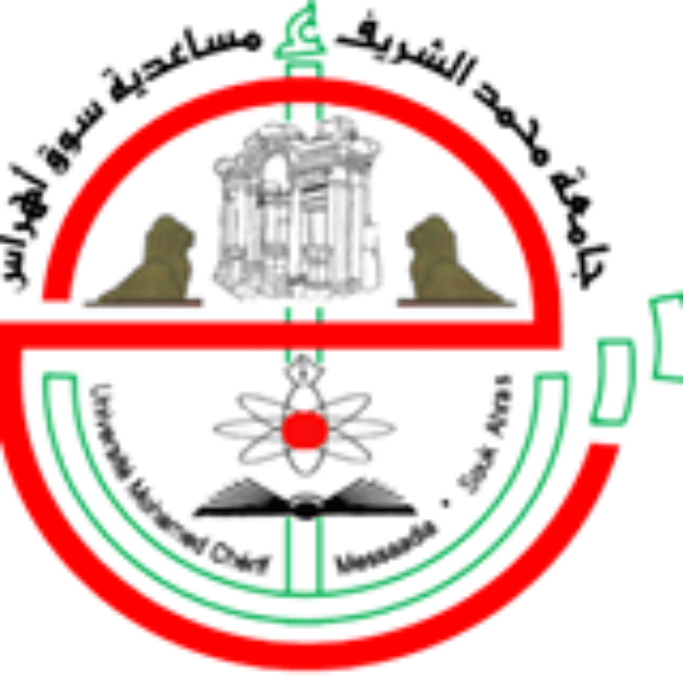Feeding Habits Of Carassius Carassius (cyprinidae) In Beni Haroun Dam (north-east Of Algeria)
Résumé: Abstract. Feeding habits of Carassius carassius (Linnaeus, 1758) were analyzed from 334 specimenscollected from Beni Haroun Dam (north-east of Algeria) between January 2015 to December 2015. Of the total number of the guts examined, 78 were empty corresponding to a total vacuity index (VI = 23,35%). Feeding intensity was strongly seasonal, being higher during summer and lower during winter.The difference in feeding intensity between size classes was statistically significant (p < 0.05), decreasedwith size classes. 10558 prey items were identified to the possible taxonomic groups, exhibiting a diversified food spectrum of this species. Numeric indexes (numerical, weight percentage of abundance,and frequency of occurrence) and a composite index (IRI - index of relative importance) were applied toestablish the feeding strategy of the species. The diet of C. carassius consisted mainly of phytoplankton (algae), followed by zooplankton (cladocerans, copepods, rotifers), then by insects (Dipterans). Othergroups: nematodes, bivalves and fish were a minority. The percentage of IRI varies significantly according to season and size classes (ANOVA, p < 0.001). Analysis of the occurrences data was performed by the Principal Component Analysis (PCA) method with Statistica 8 software, showed thatalgae was the food mainly consumed during winter and spring, the contributions of animal origin food categories (zooplankton and insects) were important in the diet in summer and autumn. The contributions of algae and rotifers (Brachionus sp., Keratella sp.), were important in the diet of small fish whereas zooplankton: cladocerans (Daphnia sp. and Bosmina sp.), dipterans (Chironomus sp.),copepods (Cyclops sp) and fish were important in the diet of adults. The Amundsen diagram shows that the C. carassius have a generalist feeding strategy, the diet breadth index Shannon Wiener shows a moderately wide spectrum of diet (H = 2.39). Key Words: feeding habits, Carassius carassius, feeding intensity, numeric indices, Amundsen diagram, feeding strategy.
Mots-clès:
Nos services universitaires et académiques
Thèses-Algérie vous propose ses divers services d’édition: mise en page, révision, correction, traduction, analyse du plagiat, ainsi que la réalisation des supports graphiques et de présentation (Slideshows).
Obtenez dès à présent et en toute facilité votre devis gratuit et une estimation de la durée de réalisation et bénéficiez d'une qualité de travail irréprochable et d'un temps de livraison imbattable!


